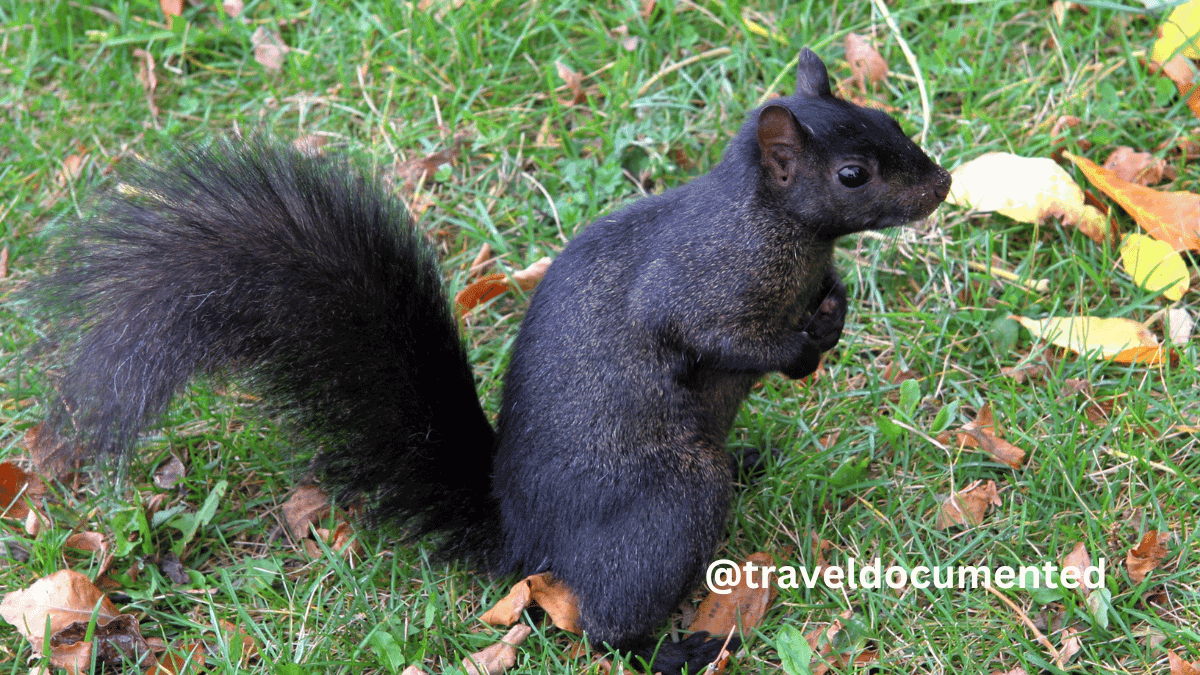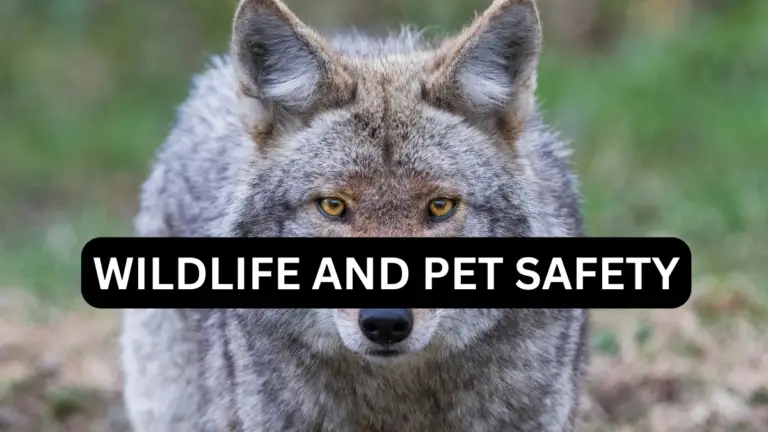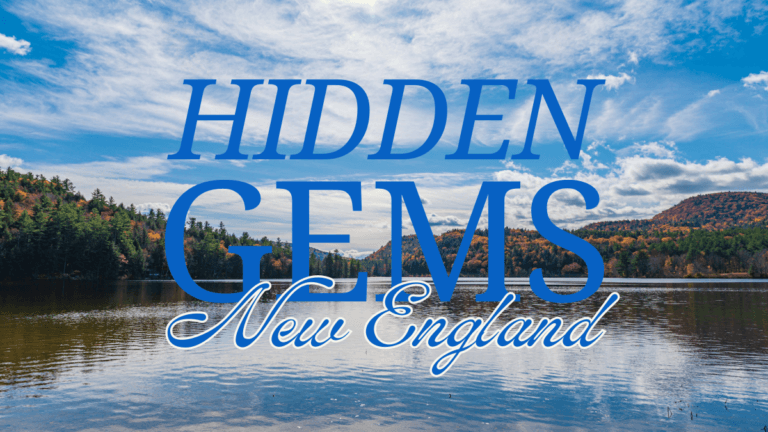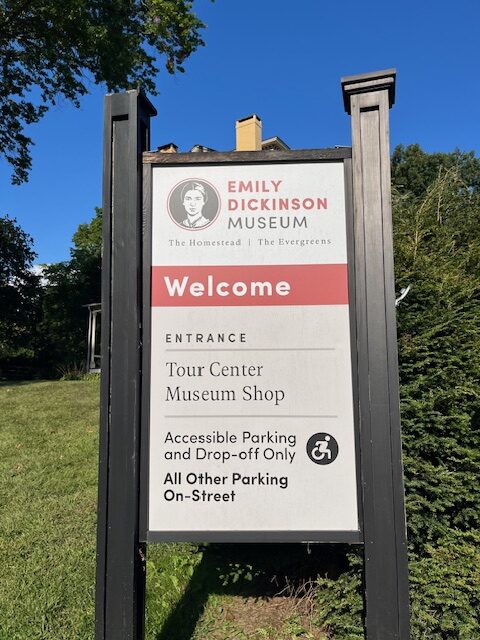3 Reasons Black Squirrels Are Thriving in Western New England
The 4 Key Differences Between Black and Gray Squirrels in the Northeast Facebook Youtube Tiktok Instagram Black Squirrels My interest was peaked from a local friend who told about the black squirrels, I had never noticed – until it was pointed out to me, which peaked my curiosity and…
The 4 Key Differences Between Black and Gray Squirrels in the Northeast
Black Squirrels
My interest was peaked from a local friend who told about the black squirrels, I had never noticed – until it was pointed out to me, which peaked my curiosity and then of course, I had to dig in to learn more about these squirrels.
SQUIRREL!
(Couldn’t resist!)
I digress….
If you’ve ever wandered through the streets or parks of Westfield, MA (i.e. Stanley Park), you may have noticed something a little unusual—jet-black squirrels darting through the trees or scampering along power lines.
What is going on with the squirrels?
These creatures are a surprising sight in a region where the familiar gray squirrel reigns. But how did these unique black squirrels come to Westfield, and what makes them different from the common gray squirrels we’re used to?
Let’s dive in!
Where is Westfield, Massachusetts?
Westfield, MA, located in the Pioneer Valley of Western Massachusetts, is known for its historic downtown, the scenic Westfield River, and the annual Westfield International Air Show. With a population of around 41,000, it sits just 10 miles west of Springfield, the largest nearby city.
Stanley Park, a 300-acre gem in Westfield, MA, offers beautiful gardens, woodlands, walking trails, and a tranquil duck pond, making it a beloved destination for nature lovers and families alike.
The Origins of Black Squirrels in Western Massachusetts
While black squirrels might seem rare and exotic, they’re actually a melanistic variation of the Eastern Gray Squirrel (Sciurus carolinensis), a species common throughout New England. Melanism is a genetic mutation that results in an excess of dark pigment, giving these squirrels their distinctive black fur.
This mutation is relatively rare, but it can thrive in certain environments.
Interestingly, black squirrels weren’t always a part of the Westfield landscape.
It’s believed that they were introduced to the region through migration or possibly human intervention, with some theories suggesting they originated from Canada or the Midwest, where black squirrels are more common.
In some areas, they were deliberately introduced as a curiosity, but in others, they may have gradually migrated south, expanding their range.
What Makes Them Different?
Aside from their appearance, black squirrels have a few subtle differences from their gray counterparts. Studies suggest that black squirrels may have certain survival advantages, especially in colder climates like New England.
Their darker fur absorbs more heat, which can help them stay warmer during the harsh winter months. This could explain why they’ve been able to thrive in regions like Western Massachusetts, where winters can be long, cold and a bit brutal at times – especially for creatures living outside.
On the other hand, when it comes to behavior and diet, black squirrels aren’t all that different from gray squirrels.
Both species are opportunistic feeders, foraging for nuts, seeds, fruits, and even bird eggs. You’ll see them exhibiting similar playful and industrious behaviors as they prepare for winter by caching food.
Local Folklore: A Sign of Good Luck?
Westfield’s residents may not realize it, but the presence of black squirrels is often seen as a sign of good luck in some cultures. In Native American folklore, black animals are sometimes thought to be sacred or symbolic of transformation and protection.
While these beliefs aren’t exclusive to squirrels, it’s fun to think of the black squirrels in your yard as a lucky omen!
For those interested in the more scientific side of things, genetic studies show that the black fur trait is the result of a single mutation in a gene related to pigmentation. In fact, the mutation is a dominant trait, which means that if a black squirrel breeds with a gray one, their offspring have a strong chance of being black as well.
Over time, this has allowed the black squirrel population to grow in areas where the mutation exists.
Fun Facts: Black Squirrels in Popular Culture
Did you know that black squirrels have made quite an impression beyond just wildlife enthusiasts (and residents in the greater MA area)? In certain parts of North America, black squirrels have even become mascots or symbols of pride. For example, at Kent State University in Ohio, the black squirrel is the unofficial campus mascot, celebrated with “Black Squirrel Festival” each year.
Likewise, Princeton University is another school known for its black squirrel population. These squirrels are often seen as quirky, mysterious, and unique, just like the town of Westfield. Including fun trivia like this can connect the local phenomenon with a larger, playful cultural trend.
Wildlife Tips: Best Places and Times to Spot Black Squirrels in Westfield
For wildlife enthusiasts, spotting a black squirrel can feel like stumbling upon a local treasure. If you’re hoping to catch a glimpse of one, Stanley Park is an ideal place to start. The park’s vast woodlands and abundant food sources make it a hotspot for squirrels of all kinds. Early mornings and late afternoons, when they’re most active, are the best times for squirrel-watching.
The Westfield River banks and the tree-lined areas around Westfield State University are also prime locations. For the patient observer, bringing along some peanuts or seeds might just tempt one of these elusive squirrels to come a little closer!
Differences Between Gray and Black Squirrels
| Characteristic | Gray Squirrel | Black Squirrel |
|---|---|---|
| Color | Gray with white underbelly | Solid black fur |
| Population | More common in many areas | Less common, often localized |
| Heat Absorption | Less efficient | More efficient, absorbs more heat |
| Genetic Variation | Standard coloration | Melanistic variation of gray squirrel |
| Behavior | Commonly seen in parks and neighborhoods | More elusive, but can be equally playful |
Where Else Can You Find Them?
Westfield isn’t the only place in the Northeast to have black squirrels. Their presence has been noted across the Connecticut River Valley and into parts of New York and Vermont. However, their population density is still relatively low compared to gray squirrels.
If you’re a wildlife enthusiast (or a curious human?), keep your eyes peeled the next time you’re in parks or wooded areas across the Northeast—you just might spot one!
In fact, Amherst, MA, has become a notable black squirrel hotspot in recent years. As these animals slowly expand their range, it’s likely we’ll see even more of them across Massachusetts and other New England states.
Reasons for Thriving
These little furry squirrley guys are thriving for various reasons:
Urban Adaptability: Black squirrels are well-suited to urban environments, where they find ample food sources and nesting sites. Their ability to thrive in parks and residential areas has allowed their population to grow.
Genetic Advantages: The melanistic trait (the genetic mutation that causes their black fur) can provide certain survival advantages, particularly in colder climates. The darker fur helps them absorb more sunlight, which can be beneficial during harsh winters.
Food Sources: They are opportunistic feeders, meaning they adapt their diet based on available resources. In urban areas, they often have access to bird feeders, gardens, and other food supplies that help sustain their populations.
Reproductive Success: Black squirrels, like gray squirrels, typically breed twice a year. Each litter can consist of 2 to 5 young, depending on food availability and environmental conditions. This means a single female can produce around 8 to 10 offspring annually.
I Knew Your Were Curious About This!
Squirrel Reproduction
The breeding season for squirrels generally occurs in late winter to early spring and again in mid-summer. After a gestation period of about 44 days (that’s it), the mother gives birth to her young in a nest, which can be located in tree hollows or built in the branches of trees. The young are born (average 2-5) blind and helpless, relying entirely on their mother for care until they are weaned around 6 to 8 weeks old. By late summer, the juveniles become independent, ready to explore their surroundings, which contributes to the population growth.
This combination of adaptability, reproductive success, and resource availability has led to a thriving population of black squirrels in many parts of the Northeast, including Westfield.
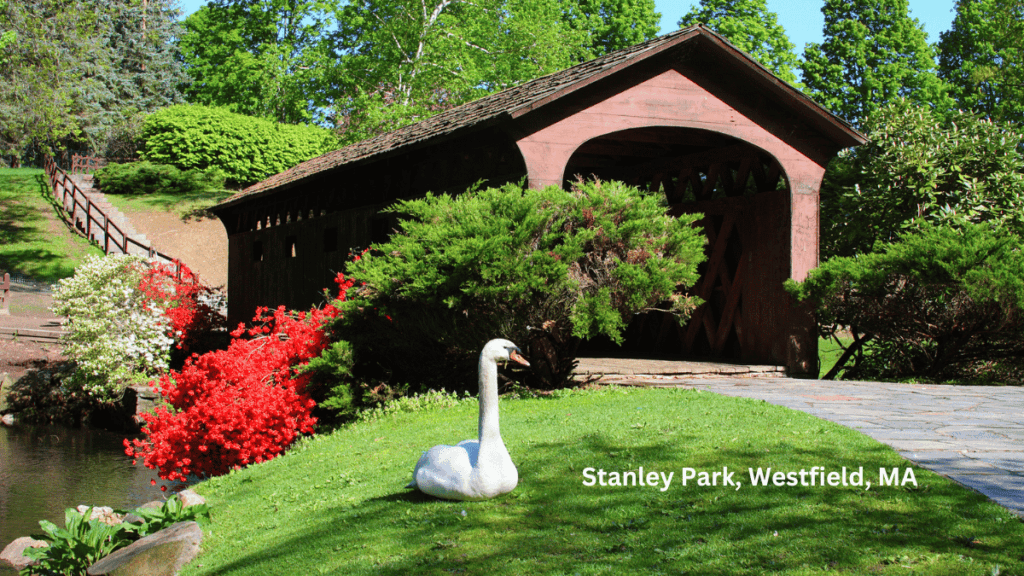
My Day at Stanley Park: Encountering Black Squirrels
During my recent visit to Stanley Park (June 2024), I was surprised but happy to find black squirrels all over the place, especially near the pond. This was my first encounter with this squirrel and I was happy to learn more about it and see them in playful action.
It was interesting to watch them darting around, their glossy black fur shimmering in the sunlight. They were such fun little guys, full of personality and energy!
As I sat by the water, I noticed one particularly brave squirrel inching closer, probably hoping I’d drop a snack. It was entertaining to see how curious they can be, cautiously approaching while also keeping an eye out for any potential threats. Watching their playful antics made my day; they seemed to be in a constant state of mischief, chasing each other up trees and leaping from branch to branch.
In addition, their presence added a lively touch to the tranquil setting, reminding me of the incredible wildlife we have right in our backyard. If you ever find yourself at Stanley Park, I highly recommend taking a moment to just sit and observe these creatures. Sometimes when we take a moment to enjoy the simple things in life, some of our stress seems to just fall away – especially being outside in nature.
Have you seen these black squirrels? Where did you see them? Take a moment, drop a comment and share your experience!

